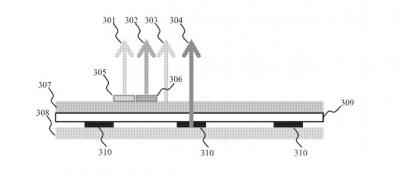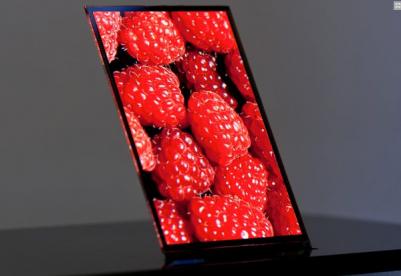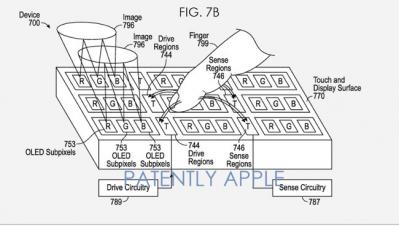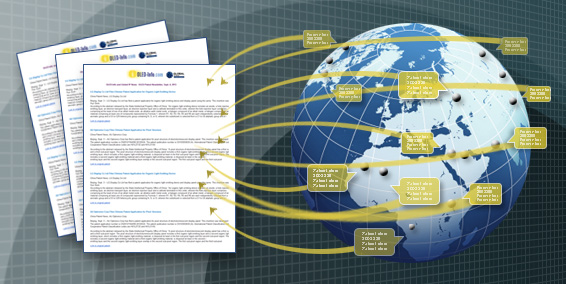Universal Display is developing TADF emitter and host materials
Universal Display was recently awarded a new patent (USPTO #20170186976) that describes high electroluminescent efficiency TADF OLED emitter and host materials based on benzotriazoles.
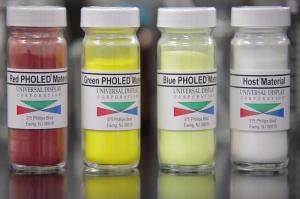
It is very interesting to see UDC developing TADF material. The company is focused on phosphorescent based OLEDs but, as they explain in the patent application, "phosphorescent materials generally contain a rare metal element such as Ir or Pt. These metals are rather expensive and are dependent on limited global resources". TADF could also be a viable route towards an efficient blue emitter (blue-emission is specifically mentioned in UDC's new patent).



